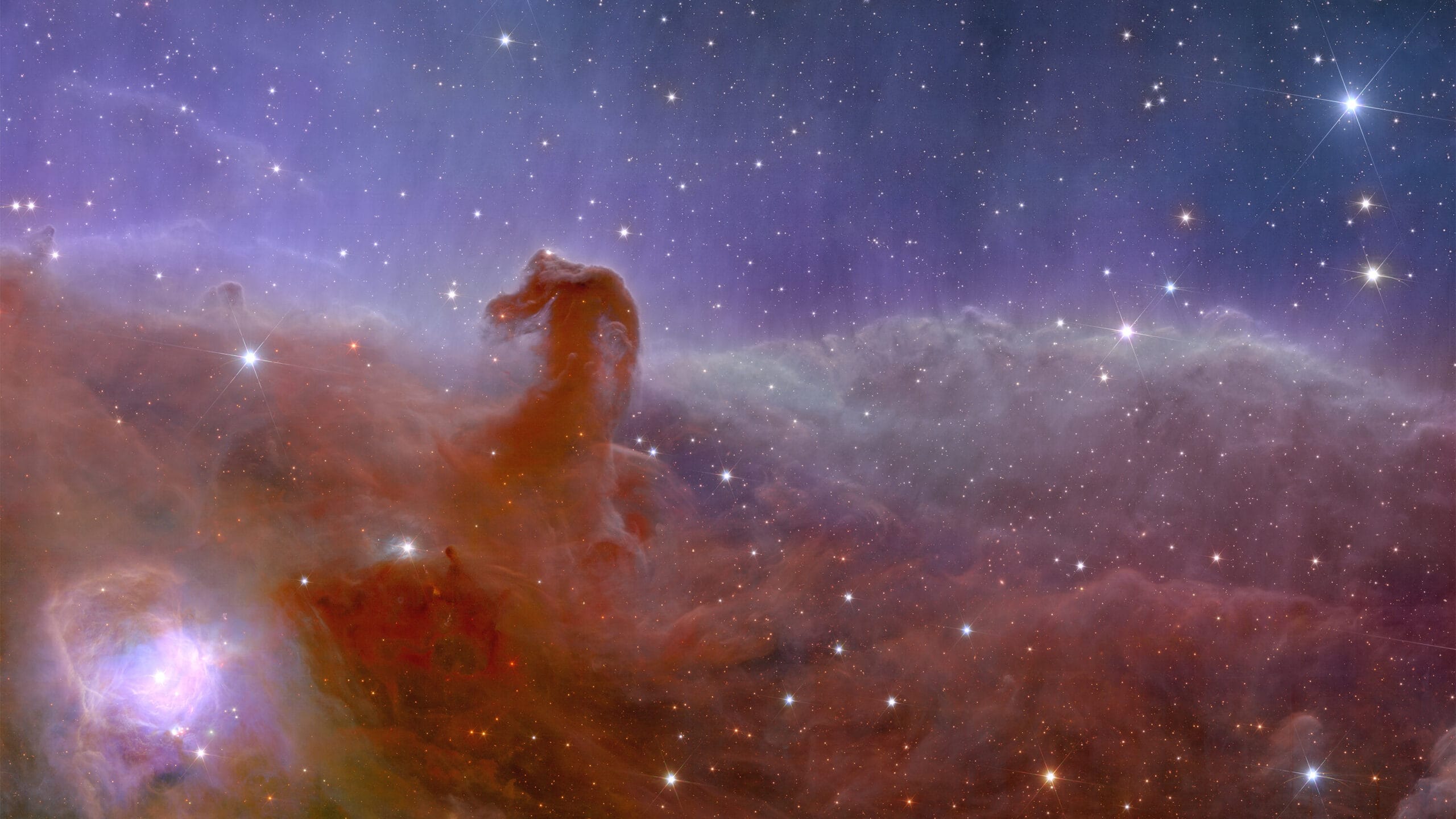A remarkable breakthrough in space exploration has been achieved by the European Space Agency’s Euclid telescope. The advanced observational instrument, originally designed to probe dark matter and dark energy in the universe, has captured one of the rarest astronomical phenomena—a vivid example of an Einstein ring. This accomplishment not only confirms predictions stemming from Einstein’s general theory of relativity but also offers critical opportunities to examine distant celestial objects with a unique clarity.
The Einstein ring forms when light from a distant galaxy passes close to a massive astronomical object such as another galaxy or a black hole, bending around the object due to its strong gravitational field. If the alignment between the observer, the lensing mass, and the background object is nearly perfect, the light becomes stretched into an elongated ring-like structure, a phenomenon aptly named after Albert Einstein. First theorized over a century ago, such occurrences are exceedingly rare and depend on the precise orientation and mass configuration of the intervening cosmic structures.
The instance of the Einstein ring recently identified by Euclid is particularly extraordinary. Encircling the galaxy NGC 6505, located approximately 590 million light-years from Earth, the ring provides an exquisite example of gravitational lensing. The phenomenon was detected almost serendipitously during the telescope’s initial testing phase. The sheer diameter and clarity of the light, largely free from obstruction, make this one of the most pristine Einstein rings within the immediate cosmic neighborhood.
Scientific revelations about this event are multifaceted. At its core, the captured Einstein ring provides a direct opportunity to study dark matter’s influence on galactic evolution. While dark matter does not emit light, its gravitational effects profoundly shape the way we observe space. By analyzing the distortions in light caused by gravitational lensing, astronomers can infer the hidden distribution and behavior of this enigmatic matter. As such, the observed ring is more than an optical marvel—it is a laboratory to deduce the characteristics of the invisible skeleton upon which the universe is built.
Moreover, the new data from Euclid enhances our understanding of distant galaxies behind the Einstein ring. Light-bending phenomena such as this act as natural magnifying glasses, enabling researchers to view remote regions of the cosmos that are typically inaccessible to traditional telescopic imaging methods. As dispersed light from background galaxies filters around the lensing mass, their inherent properties—composition, movement, and radiation—become amplified. Such observations may unlock new insights into how galaxies evolved in the early universe.
Additionally, the discovery contributes to refining the theories surrounding general relativity, a cornerstone of contemporary physics. Across decades, gravitational lensing events have served as natural experiments to validate Einstein’s prediction that massive objects warp the fabric of space-time. With unprecedented resolution, this Einstein ring underscores the mathematical precision with which the universe obeys theoretical constructs, opening the door for more sophisticated astrophysical modeling in the future.
The technology underpinning the Euclid telescope deserves recognition. Launched as a flagship mission, Euclid features cutting-edge optical and near-infrared imaging equipment, capable of capturing over a third of the sky with incredible detail. Primarily tasked with mapping dark energy’s role in cosmic expansion, the telescope’s success in identifying Einstein rings highlights its additional capabilities in observational astrophysics. The unexpected detection of anomalies such as these during its testing phase assures astronomers that Euclid will continually contribute far beyond its original mission parameters.
While Einstein rings are exceptional in their occurrence, their prominence in popular science serves an important cultural function. These luminous celestial formations evoke public enthusiasm and encourage funding and support for space exploration ventures. In turn, they help close the gap between niche scientific endeavors and global public interest.
The implications of this discovery go further than the academic community. By offering insights into phenomena invisible to the naked eye, such as dark matter and early-universe behavior, the captured Einstein ring strengthens humanity’s collective understanding of its place in the cosmos. The enduring brand of Einstein’s predictions, the modern ingenuity in telescope design, and the relentless curiosity of scientists combined to unlock this astronomical treasure.
Already, the captured Einstein ring has become a subject of fascination for astronomy enthusiasts worldwide, inspiring new speculation and research possibilities. The rarity of such occurrences makes this discovery a landmark moment in the continuous exploration of our universe. Moving forward, the global scientific community anticipates that future advancements in telescopic and computational technologies will further reveal the mysteries encircling light phenomena of this nature—and, perhaps, unearth even more wonders hidden within the uncharted territories of space.



